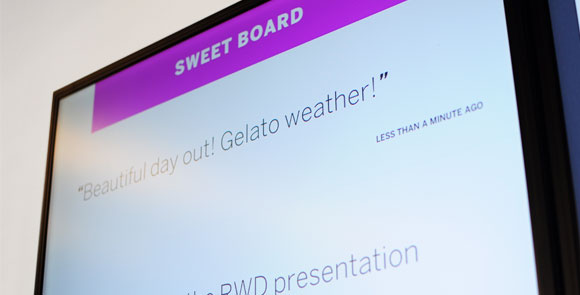
Tags: dentist, london dentist, nhs, whitening, inman aligner, cosmetic dentist, checkup, dental, anish, anish dentist, london hygienist, dental hygiene, root canal., crown, cap, onlay, veneer

A bridge is an option to replace single or a few missing teeth. It is permanently fixed to your teeth and is dependent on relatively healthy teeth either side of the space. A bridge will be an option if you have good oral health and the space to be replaced is not too long. There are a number of different designs and they are avaliable and which will depend on the clinical situation
The type chosen will depend on the individual case, and would need to be discussed with Dr Patel.

Even though it may sound scary, I assure you that it involves many of the steps of a crown/cap. You will be completely numb, and will not feel a thing. It is done at the practice many times a week and is a perfected routine procedure.
Prior to the appointment for complex cases, you will likely have been asked about exactly how you would like your teeth to look during a consultation appointment. We will talk about colours and shape, and style of bridge.Bridges are done at the practice over two visits which is standard.
1st Visit- 30-45 Minutes (More time for rehabilatation cases)
1. We will place numbing gel where we plan to place the anaesthetic, so you are less likely to feel the small pinch. We then wait a minimum of 10 minutes for it to work.
2. While we wait- You will see us preparing a material to take an impression of your teeth. This will be taken now so we can re-create the tooth for a temporary bridge.
3. Once you are ready we will proceed to gently reduce down the size of your tooth, stopping every few seconds to check the tooth and yourself. The tooth is reduced to make room for the new crown so it fits well with the rest of your teeth. This is repeated on the tooth the other side of the gap.
4. Once completed, a mould of your teeth is taken to be sent to dental laboratory. Here a team of skilled technicians make your new bridge to your specifications.
5. A temporary bridge is made and cemented in place. Once completed a shade is taken at the practice where we assess the colour and shape of all your teeth. For larger cases we often ask you to attend the technicians’ laboratory to be matched by the laboratory.
2nd Visit (30-45min
1. The temporary bridge will be removed along with the cement that we placed. We will clean the teeth again and try in the bridge. At this stage we will always ask your opinion on how it feels when you bite and if you like the colour and shape.
2. The temporary filling will be removed along with the paste that we place inside. We will clean the tooth again with same disinfectant used last visit.
3. Only if the answer to the above it yes, will we proceed to cement the bridge in with permanent cement. The teeth will then be polished and adjusted until you are completely comfortable with the final result.
This may look overwhelming; however it is all done with you in complete control. You decide when you want to start and what you want the final result to look like. If you are happy, we are.
After a bridge preparation, your lips and gums may remain numb for a few hours until the anesthetic wears off. Later you may have throbbing pain, which you can treat with pain medicines, such as ibuprofen, paracetamol, or a stronger prescription painkiller. The pain usually lasts only a day or two. You may have some discomfort biting down, if you do, return to the surgery to have some adjustments made.

The major risk of not replacing a would be tilting and shifting of your remaining teeth into the space left by the missing tooth. This can cause an un-even bite, problems chewing, excessive pressure and wearing of remaining teeth (especially front teeth i you are missing back teeth).
With any procedure there are associated risks, all be it small and unlikely, it is something everyone should know. They include: prolonged numbness and altered sensation, fracture of the tooth while preparing it, recurrent infections despite treatment, jaw ache (due to keeping mouth open for a long time), and extraction if crown fails due to improper oral hygiene after procedure.
The alternative option to replace a missing tooth is to have a dental implant. It will replace the missing tooth without compromising the health of the teeth next to the space. With regualr maintenace they are proven to outlast dental bridges and dentures.
A bridge always involves at least one of your healthy teeth. In the right situations they can last many years if done well, and cared for. If you do not care for the supporting teeth the bridge will fail. Therefore we advise regular checkups, with topical fluoride paste applied to the margins of the crowns at every visit.
You’ll never have to deal with horizontal margins ever again



